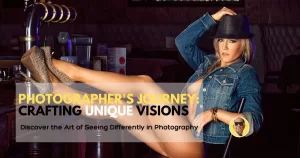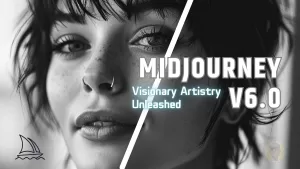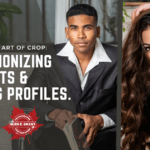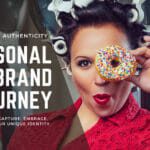Introduction
Have you ever paused to consider how different styles of headshots can shape diverse perceptions about a person? The power of the cropping technique, though often underestimated, plays a crucial role in creating these impressions. In this article, we delve into the nuances of two distinct cropping styles – the intimate tight crop and the full upper body crop – exploring their unique characteristics, pros, cons, and their influence on the overall perception of a headshot or business profile.
The Essence of the Tight Crop
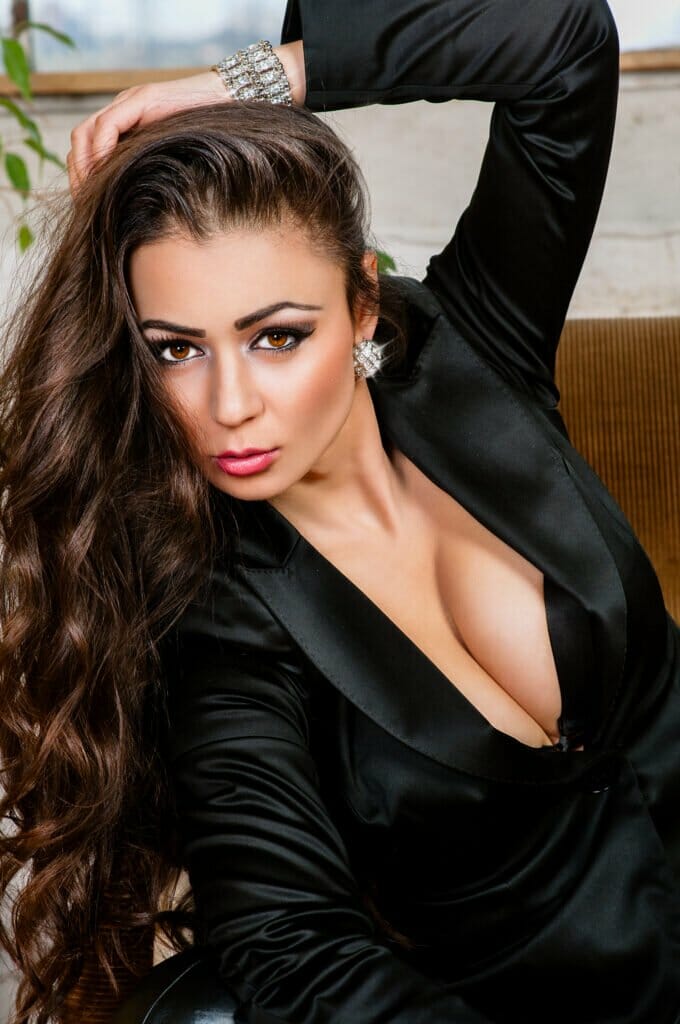
The tight crop, as the name implies, is a close-up shot that focuses primarily on the subject’s face, sometimes cutting off parts of the head or hair. It directs the viewer’s attention squarely towards the subject’s facial features and expressions.
Consider the image of Selena above, a beautiful example of a tightly cropped headshot. This style emphasizes Selena’s facial features and expression, instantly capturing the viewer’s attention. It’s as if she’s making direct eye contact with you, inviting you into her world, making you feel seen and acknowledged. That’s the power of a tight crop.
The tight crop can be a powerful technique for crafting compelling headshots. It conveys authenticity, draws attention to the eyes – the windows to the soul – and helps to establish a personal connection with the viewer. However, one potential downside is that it may not provide much context about the subject’s environment or attire, which can be an important aspect of a professional business profile. The absence of broader context might limit its usefulness in conveying a comprehensive professional image.
Unpacking the Full Upper Body Crop
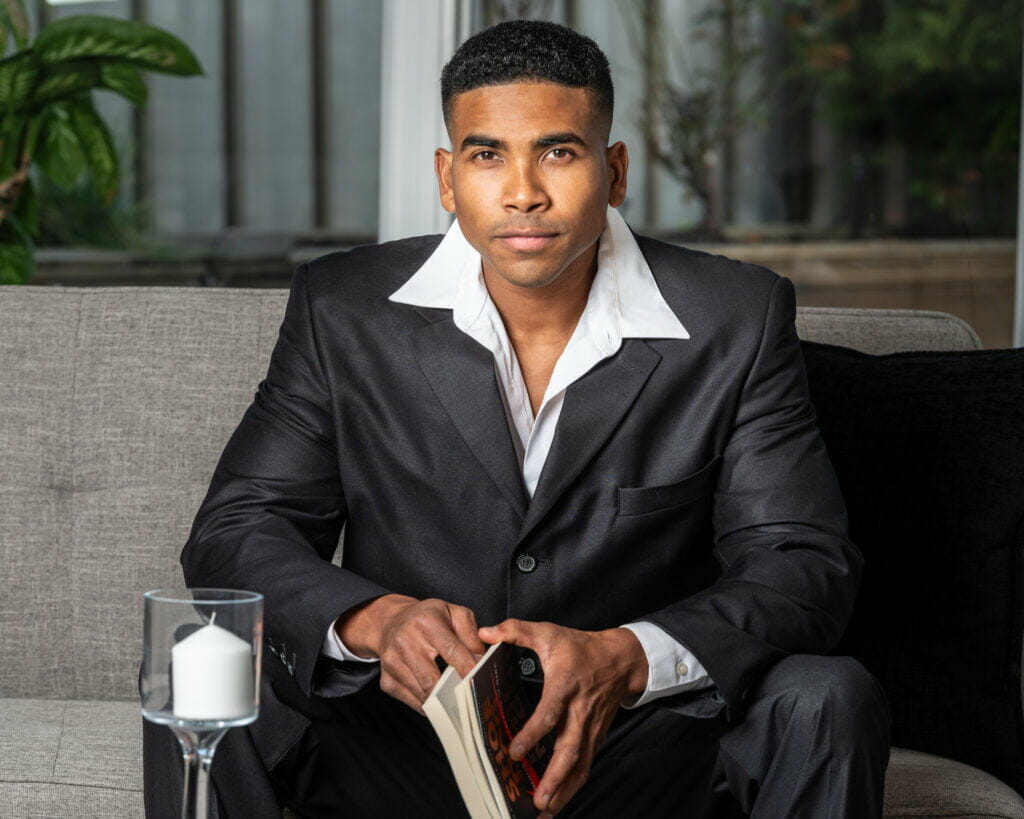
Contrastingly, we have the full upper body crop. This style offers a broader view of the subject, providing more context about their environment or clothing. Take a look at LeMar’s image above. It showcases not only his face but also his attire, contributing to the overall depiction of his professional image. The full upper body crop allows for the inclusion of other elements that might be important in a business context, such as a professional outfit, a hint of the office environment, or even props that relate to the person’s profession or industry.
While the full upper body crop offers a more comprehensive view, it may not always capture the viewer’s attention as intensely as a tight crop would. This is because the focus is divided between various elements – the face, clothing, and environment. Yet, this very aspect can be a strength when the photo’s purpose is to provide a more holistic representation of the individual and their professional persona.
Cropping, Context, and Platforms
The choice between a tight crop and a full upper body crop isn’t just about personal preference or the individual subject. It’s also important to consider the platform where the photo will be used. For instance, a tightly cropped photo might be more effective on platforms like Instagram, where users are often rapidly scrolling through feeds and a close-up face can quickly grab attention. On the other hand, a full upper body crop might be more appropriate for a LinkedIn profile or a company website, where the extra context can contribute to a more professional image.
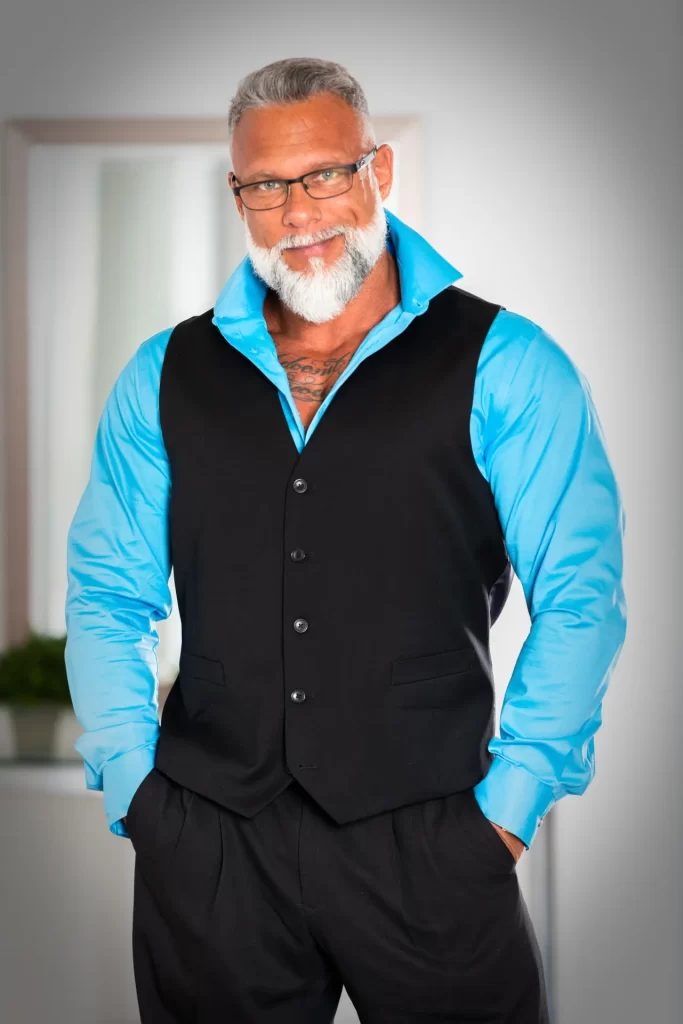
Making the Right Choice: Tight Crop or Full Upper Body Crop?
So, how do you decide between a tight crop and a full upper body crop? The answer fundamentally hinges on the purpose of the headshot or business profile.
If you’re looking to capture an audience’s attention immediately and create an intimate connection, a tight crop might be the way to go. This style is particularly effective for platforms where users are quickly scrolling through content and you need to make an instant impact.
Conversely, if you’re aiming to present a comprehensive image of professionalism, an upper body shot might be more appropriate. This style allows you to include more context, which can be useful on platforms where users are looking to get a more complete understanding of who you are and what you do professionally.
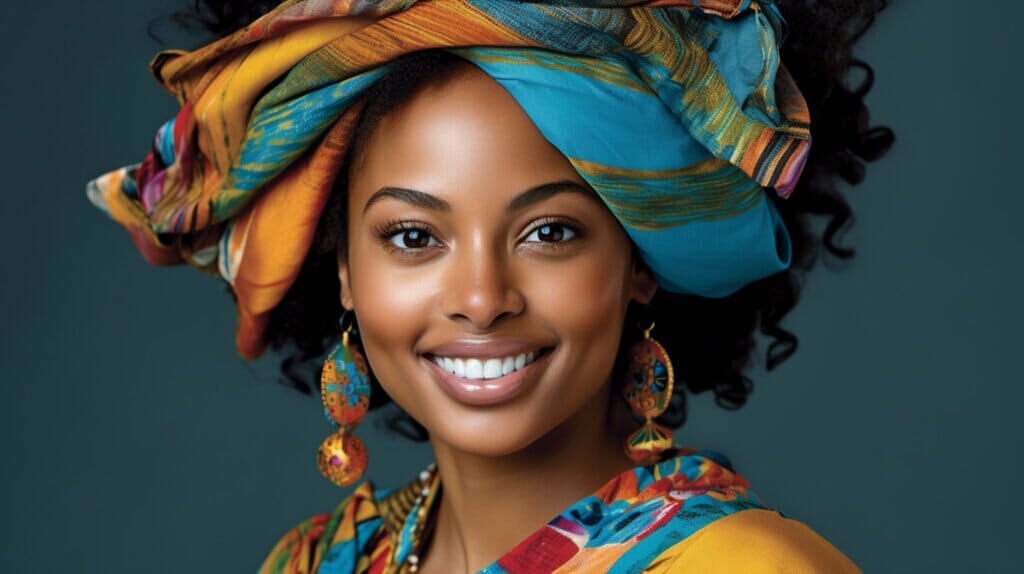
The Art of Balance in Professional Photography
In the realm of professional photography, there isn’t a ‘one-size-fits-all’ solution. It’s about striking the right balance and tailoring the approach to each unique client and situation. The best professional photographers don’t just understand the technical aspects of photography, they also understand how to use those techniques to bring out the best in each subject and meet their individual needs. They recognize when to bring the viewer in close with a tight crop, and when to step back and give a fuller picture with an upper body crop.
The art of cropping is just one of the tools in a professional photographer’s toolkit, but it’s a powerful one. With the right cropping, a headshot or business profile can tell a story, convey a personality, and make a lasting impression. And when it comes to professional photography, making the right impression can make all the difference.
Ready to Craft Your Perfect Image?
Are you ready to craft the perfect image that truly represents you or your brand? At Glene Grant Photography, we understand the power of the right crop. Whether you’re looking for a personal headshot that captures your unique spirit, or a professional business profile that communicates your brand’s image, we’re here to help. Book your session now and let’s create the perfect image together.
To get more insights on personal branding, don’t forget to check out our comprehensive guide.
- “Portrait Crop: The Ultimate Guide to Cropping Portraits Like a Pro” on the Digital Photography School website. This comprehensive guide covers the art of cropping in portrait photography, sharing practical advice and tips on how to achieve the best results1.
- The reviews section on the Photography Life website. This site provides extensive reviews on a variety of photography products, from cameras and lenses to accessories and post-production software. The reviews are unbiased and based on real-world testing and experience, making them a reliable resource for photographers2.

